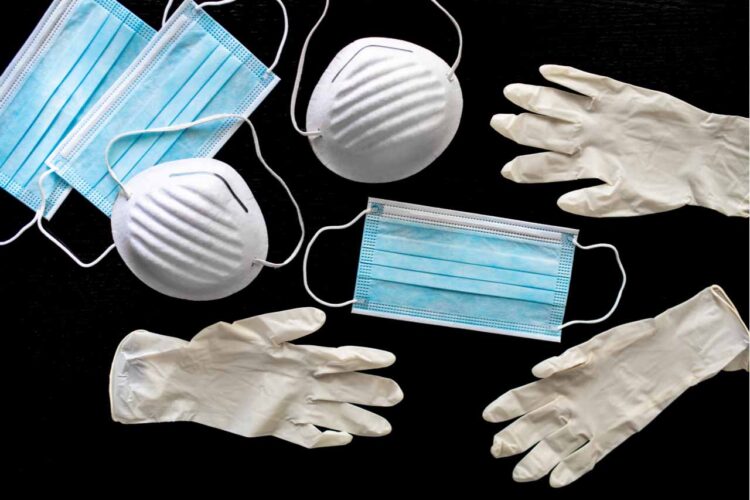Occupational safety experts recently laid out the steps that are the most effective for preventing the spread of COVID-19 within waste and recycling operations.
They also noted that despite the fact the new coronavirus can live on surfaces for varying lengths of time, handling recyclables poses little risk for transmission. Human contact is the largest factor in the disease spreading, making workplace operational changes key in combatting the pandemic.
No special procedures for municipal waste
On March 30, the National Waste & Recycling Association held a webinar that featured workplace health expert Dave Malter, head of Malter Associates and the former director of health, safety and transportation at Waste Management (he’s also a former compliance officer at the U.S. Occupational Safety and Health Administration).
Malter said that the U.S. Centers for Disease Control and Prevention and the World Health Organization had not called for any special precautions when it comes to handling municipal waste. But because workers in the industry tend to have person-to-person interaction, safeguards need to be put in place immediately.
The use of gloves at all times is a critical practice, and those gloves should be either disposed of after use or sanitized at least daily, Malter said. Further, systems need to be put in place for wiping and decontaminating surfaces such as steering wheels and control panels between use by different workers.
“COVID is not a very durable virus,” Malter said. “Standard cleaning is very effective against that virus.”
Managers can also institute “administrative control” procedures such as staggering start times, limiting the number of people in a break room and shifting communication to radios to keep person-to-person contact at a minimum.
Similar information, as well as a oft-cited study about how long the coronavirus can live on surfaces, was discussed during an April 2 presentation hosted by the Solid Waste Association of North America (SWANA).
Research is fairly clear that the virus can exist on surfaces, said Ben Hoffman, chief medical officer at WorkSteps and former vice president and chief medical officer at Waste Management. But its ability to remain on a surface for extended periods varies by material.
The virus has a relatively brief lifespan on non-porous surfaces (plastic and aluminum, for instance) and lasts an even shorter time on porous materials, such as fiber.
But those facts don’t tell the whole story. One lingering unknown is whether the typical dose of the virus on material moving through the waste stream is enough to be infectious. If the virus is only at low levels on a surface, “it won’t necessarily make you sick,” Hoffman explained.
“Solid waste is not a very hospitable environment,” he added, noting that the pH level of solid waste is generally inhospitable to the new coronavirus, which “wants to live at 98.6 degrees and a pH similar to the body.”
Hoffman added that, in terms of cleaning, “routine hospital disinfection really does kill the organism quite effectively. Hand sanitizer and laundry detergents are very effective.” Wiping down surfaces with proper cleaning supplies is “enough to kill this virus,” he said.
Put simply, municipal solid waste is “not considered a source of exposure,” he said.



























